Preventing Slips and Falls: Ensuring the Safety of all Pedestrians in Facilities
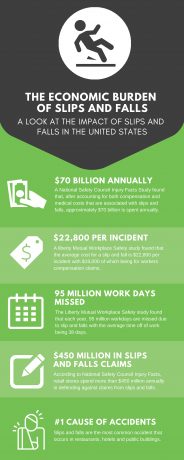
Slips and falls are a very high concern for many facilities as they are common mishappens. In fact, slips and falls occur every seven minutes. Unfortunately, these can be very costly for businesses; each occurrence is estimated to cost an average of $22,800 per incident. They also account for 95 million missed work days – 1/6th of all days taken off, which can decrease productivity. These are not only costly for businesses with employees; many facilities face the risk from customers slipping and falling as well.
Falls cost more than $450 million for the retail sector, for example, when taking into consideration the expenses of medical bills and claims, and are the #1 cause of accidents for hotels, restaurants and public buildings.
It is clear that slips and falls are an obvious risk for facilities, which is why it is crucial to take the necessary precautions to ensure the safety of both employees and customers.
Below are four tips for the prevention of slips and falls:
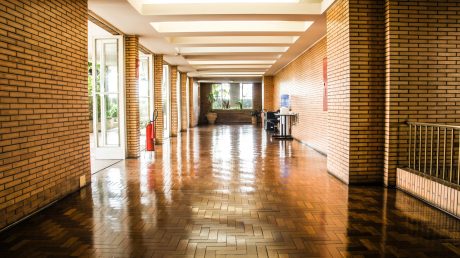
Avoid any objects (clutter and debris) that could cause obstruction in pathways
Ensure that there are not any items that could be hazardous for those pedestrians.
Remove any large objects – such as items that were dropped behind or obstructing items, such as tables and chairs from the pathways.
Maintain debris-free pathways at all times. Make sure everything brought in from the outside, such as leaves, sticks or dirt, is properly removed and not in the pathway for pedestrians to slip on.
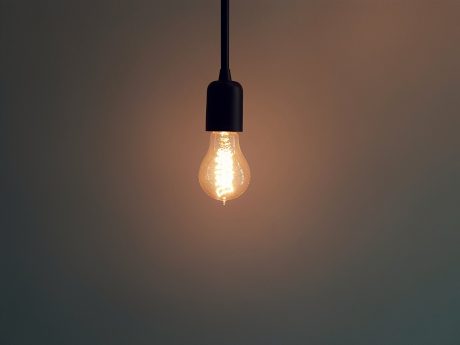
Make sure to have adequate and consistent lighting in all areas
Without proper illumination, the risk of a potential injury is increased significantly. If a light bulb is burnt out, make sure to change it promptly. If an area is insufficiently lit, install additional lighting. Without adequate lighting, it is possible for potential hazards to be missed by those walking and can make slipping on unseen items more likely.
Another issue to look out for is inconsistent lighting. When going between dimly lit areas to bright lighting, vision becomes sensitive in the receptors when adjusting to the light. Because of this, it is possible for eyesight to become poor or for pedestrians to become dizzy, which increases the risk of slipping and falling.
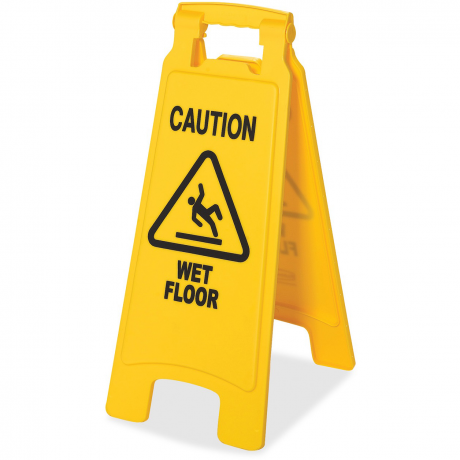
Display proper signage
If surfaces are wet or slippery, do not forget to have proper signage on display to warn all pedestrians of potential hazards. Not only does it help pedestrians, it can help the business as well. Having properly notified all of the condition of the floor can assist in a premise liability lawsuit against the building owner.
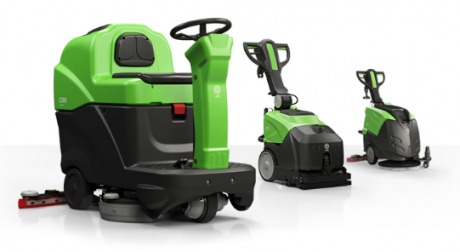
Keep Floors Dry: Be Proactive Rather than Reactive
While having a bright yellow sign to caution all pedestrians of wet or slippery conditions, it is often better to be proactive rather than reactive. One way to do that is to keep dry floors at all times. But that seems to be an unrealistic task as you must mop the floors, right?
It actually isn’t if mops and buckets, which take 30 minutes to 1 hour to dry, are replaced with floors scrubbers, which can dry immediately. IPC Eagle, for example, has a full line of automatic floor scrubbers that do just that. The scrubbers utilize high-quality squeegees as well as powerful vacuum motors to both scrub and dry in a single pass.
If there is excessive water, the floor scrubbers have the ability as well to run without water and solely with the powerful vacuum system to absorb the excess water.
IPC Eagle’s line of automatic floor scrubbers can be used in any type and size of facility. The scrubber line ranges from 14” (the CT15) to 32” (CT105) in walk-behind scrubber units and from 24” (CT80) to 40” (CT230) in rider scrubber units.
The wide variety allows you to find the “right size” scrubber for your unique applications. The compact scrubbers can clean small, congested areas such as entryways and hallways as well as under tables and desks with their adjustable handles. The larger scrubber lines, on the other hand, are perfect for larger spaces such as warehouses and gyms as they can clean up to 58,000 square feet in just one hour.
Replacing a mop and bucket with an automatic scrubber helps you be proactive in the prevention of slips and falls as you no longer leave the risk of wet, slippery floors for pedestrians navigate.
To schedule a demonstration on IPC Eagle’s line of automatic floor scrubbers and see how they would work in your facility, click here to contact us.